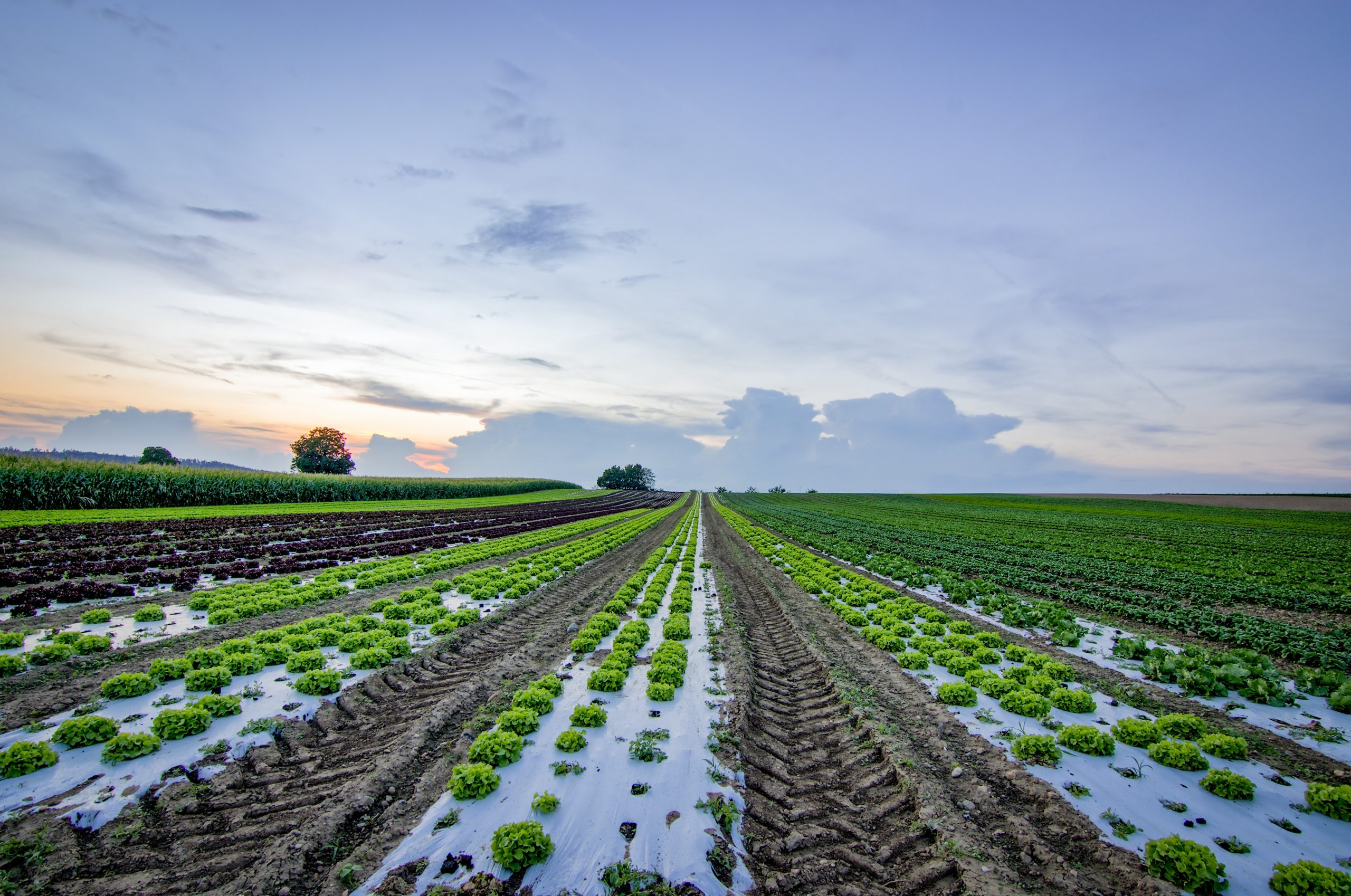Gardening is a therapeutic and fulfilling hobby with a special connection to nature. To improve your experience it is necessary to understand two critical factors: plant hardiness zones and soil pH. Conveniently trygnome.com/products/soil-test-kit helps out greatly in these areas.
By getting familiar with these two concepts, you can create a better environment for your plants to grow and thrive. This way, they would be able to reach their full potential.
This article will examine the importance of plant hardiness zones and soil pH in plant growth. Read on to find out more.
Contents
Plant Hardiness And The USDA Plant Hardiness Zones Map
Plant hardiness is a simple term that refers to the ability of a plant to withstand or tolerate particular climate conditions, especially extreme temperatures. The level of a plant’s hardiness determines its ability to survive cold winters and other environmental distress without taking significant damage or death.
Moving on, the USDA plant hardiness zone map classifies various areas of the US into different zones. This classification is based on the hardiness of each zone. And each division is then further subdivided into ‘a’ and ‘b’.
Furthermore, the zone adjacent to the one before is usually 10°F warmer or colder in an average winter than the former. Thus, the lower the zone number, the colder the region gets during winter. The following are some of the different hardiness zones as given by the USDA:
- Zone 1: Below -50°F
- Zone 2: Between -50°F to -40°F
- Zone 3: Between -40°F to -30°F
- Zone 4: -30°F to -20°F, and on and on it goes.
What Plants Can You Grow In The Hardiness Zones?
When deciding a plant’s survival capability, several factors play a crucial role, but the temperature is vital. The USDA map is an excellent place to start when choosing what to grow. And this is mainly if you are located in the eastern United States.
So with that said, for annual plants whose life cycle is a year, any zone is okay, so you do not need to pay much attention to hardiness. This is because they do not live long enough to be affected by such; seed sprouting to seed producing is usually completed in a year.
An example of such a plant is zucchini, and it is not uncommon to see a rating of 0 for such plants. However, this only means that they are not hardy regardless of where they are cultivated.
But when dealing with long-term plants like shrubs, vines, and other perennials, it is best to use the zones as guidelines. You find out the coldest seasons the plant can survive in and compare it to the zone your location falls. This would guide you well on what to plant but note that it is not necessarily guaranteed that your plant will survive in that climate.
Soil pH
Soil pH is simply a measure of the alkalinity or acidity of a soil sample, and it is measured using a pH scale. In general, a pH below 7 is acidic, a pH of 7.0 is neutral, and a pH above 7 is alkaline. And because the pH scale is logarithmic, a value of 6 is ten times more acidic than a neutral pH.
Furthermore, soil pH can be measured in two different ways: either in water (pHw) or in calcium chloride (pHCa). Depending on the method used, the pH will vary, so it is essential to specify which way the laboratory uses when testing soil pH. And the reason for this difference is that usually, the pHCa is 0.7 times lower than that of pH measured in water.
Knowing your soil’s pH would help you understand how much nutrients are readily available for your plants. This is because plant roots absorb nutrients at optimum levels at specific pH. For example, an alkaline soil would have higher levels of calcium and magnesium, whereas an acidic soil would have higher iron, manganese, and aluminum levels.
Thus, if the pH of the soil deviates from the norm for a particular plant, the plant may end up having stunted growth due to nutrient deficiencies.
How To Determine And Correct Soil pH
To determine your soil pH, you can use a soil testing kit or send a sample to a trusted laboratory near you for analysis. It is easy to test on your own and inexpensive, even at a lab. As a result, pH is one soil parameter that gets tested at regular intervals.
Immediately after receiving and reviewing the results of the pH test, you can then proceed to adjust it if need be. You can add soil amendments like lime to raise the pH for correcting. But if it needs to be reduced, i.e., more acidic, then adding sulfur can help.
This makes it easier for plants to access essential nutrients needed for efficient and healthier growth.



